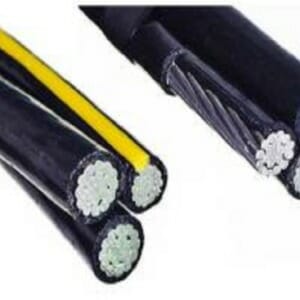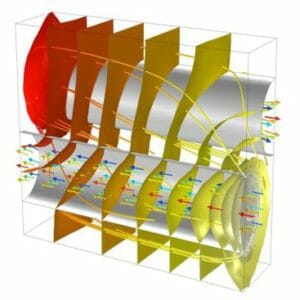E – 1640 Distance Protection
$150.00
Since the impedance of a transmission circuit is relative to its length, for distance measure it is suitable to use a relay able to measure the impedance of a circuit up to a present point (the reach point). Such a protection relay is known as a distance protection relay and is made to function only for faults happening between the protection relay location and the chosen reach point, therefore providing discrimination for short circuits that may happen in different line portions.
Distance protection, is a non-unit protection arrangement providing significant financial and technical benefits. Unlike phase and neutral overcurrent protection arrangements, the key benefit of distance protection is that its short circuit current coverage of the protected element is almost autonomous of source impedance changes.
This course is suitable for engineers with a desire to understand the fundamentals of distance protection. Presented details cover issues related to distance protection technical implementation. Upon successful completion engineers will be able to address key distance protection concepts, terms, zones and characteristics.
 E - 1664 Practical Power Cable Ampacity Analysis
1 × $75.00
E - 1664 Practical Power Cable Ampacity Analysis
1 × $75.00  E - 1659 Protection Relay Testing and Commissioning
1 × $75.00
E - 1659 Protection Relay Testing and Commissioning
1 × $75.00  E - 1661 Basic Reliability Analysis of Electrical Power Systems
1 × $75.00
E - 1661 Basic Reliability Analysis of Electrical Power Systems
1 × $75.00 

 E - 1664 Practical Power Cable Ampacity Analysis
E - 1664 Practical Power Cable Ampacity Analysis  E - 1659 Protection Relay Testing and Commissioning
E - 1659 Protection Relay Testing and Commissioning  E - 1661 Basic Reliability Analysis of Electrical Power Systems
E - 1661 Basic Reliability Analysis of Electrical Power Systems 



